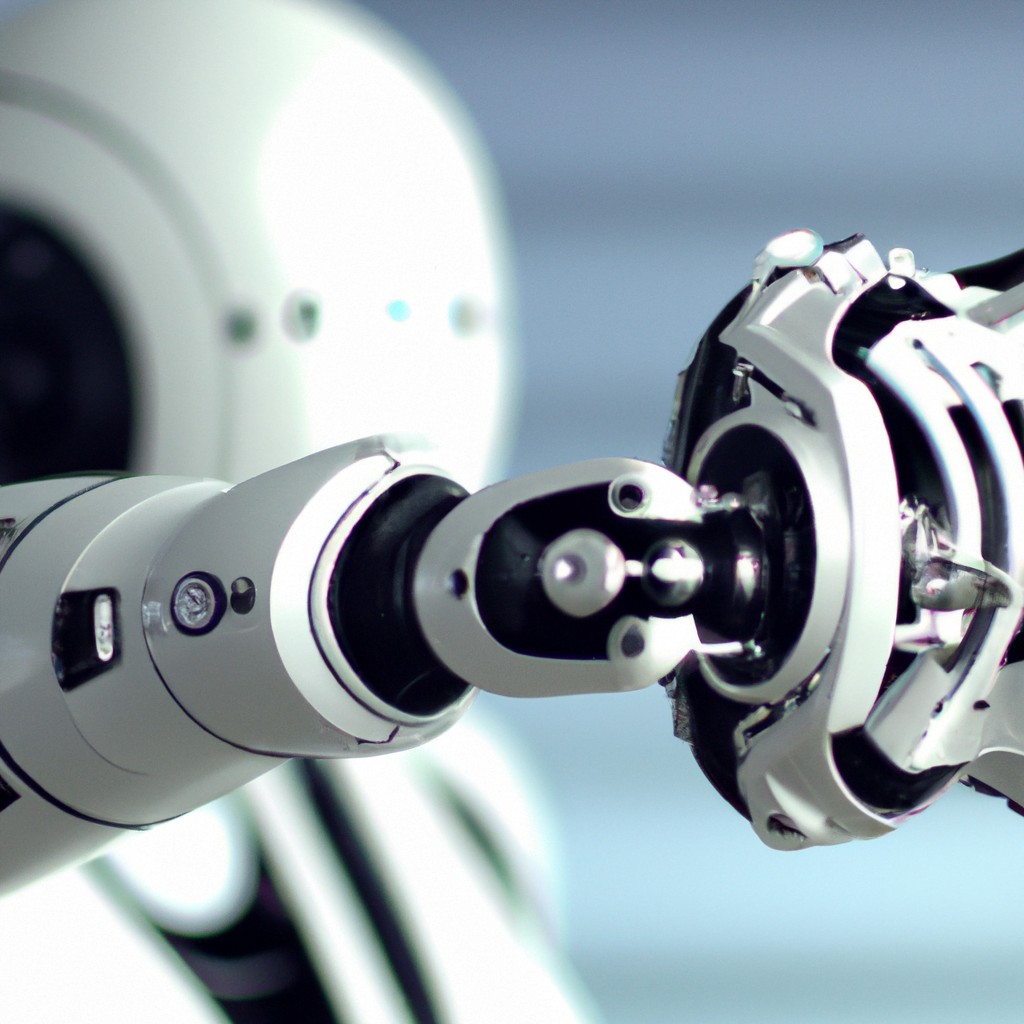Machine learning in education
Machine learning is a type of technology that allows machines to learn from data and improve their performance without being explicitly programmed. This technology is being used in many fields, including education.
Opportunities
Machine learning can bring many benefits to education. For example, it can be used to:
Personalize learning: Machine learning algorithms can analyze student data and provide personalized recommendations based on their learning styles and abilities. This can help students learn at their own pace and improve their understanding of the subject matter.
Automate grading: Grading is a time-consuming task for teachers. Machine learning algorithms can automate this process and provide more accurate and consistent grading.

Predict student outcomes: Machine learning algorithms can analyze student data and predict their performance in the future. This can help teachers identify students who are at risk of falling behind and provide them with additional support.
Identify learning gaps: Machine learning algorithms can analyze student data and identify areas where students are struggling. This can help teachers adjust their teaching methods and provide additional support to students who need it.
Challenges
Despite the many benefits of machine learning in education, there are also some challenges to consider. For example, machine learning algorithms may:
Reinforce biases: Machine learning algorithms are only as good as the data they are trained on. If the data contains biases, the algorithms will learn and reinforce those biases.
Lack transparency: Machine learning algorithms can be complex and difficult to understand. This can make it difficult to explain how the algorithms make decisions, which can be problematic in education, where transparency is important.
Be expensive: Implementing machine learning in education can be expensive. Schools and educators may not have the resources to invest in this technology.
Raise privacy concerns: Machine learning algorithms rely on data, which raises privacy concerns. Schools and educators must ensure that they are collecting and using data ethically and in compliance with privacy laws.
Conclusion
Machine learning has the potential to revolutionize education by personalizing learning, automating grading, predicting student outcomes, and identifying learning gaps. However, there are also challenges to consider, such as biases, lack of transparency, cost, and privacy concerns. As machine learning continues to advance, it is important for educators and policymakers to consider these challenges and work to address them in order to fully realize the benefits of this technology in education.






